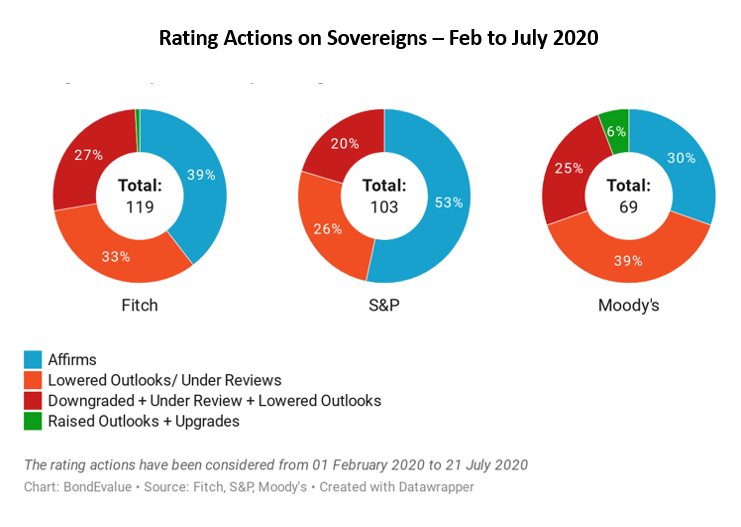This site uses cookies to provide you with a great user experience. By using BondbloX, you accept our use of cookies.
| | | | | | | | | | | | | | | | | | | | | | | | | | | | | | | | | | | | | | | | | | | | | | | | | | | | | | | | | | | | | | | | | | | | | | | | | | | | | | | | | | | | | | | | | | | | | | | | | | | | | | | | | | | | | | | | | | | | | | | | | | | | | | | | | | | | | | | | | | | | | | | | | | | | | | | | | | | | | | | | | | | | | | | | | | | | | | | | | | | | | | | | | | | | | | | | | | | | | | | | | | | | | | | | | | | | |
Bond Market News
Oman Posts $3.1bn Budget Deficit, down 22% YoY
September 6, 2021

The Sultanate of Oman managed to reduce its budget deficit by 22.2% YoY to OMR 1.21bn ($3.14bn) by end-July 2021 vs. OMR 1.55bn ($4.02bn) at end-July 2020 after it managed to improve its revenues by 0.5% and reduce its public spending by 4.7% YoY. The total revenue in the first seven months posted OMR 5.21bn ($13.53bn) vs. OMR 5.19bn ($13.47bn) in the same period last year. The increase is due to a rise in oil prices which helped the net oil and gas revenue to reach OMR 3.6bn ($9.35bn), up 3.4% YoY. The current revenue was up 34.9% YoY mainly due to the OMR 613.3mn ($1.59bn) dividends received from Oman Investment Authority. The public spending was down 4.7% YoY to OMR 6.42bn ($16.67bn) from OMR 6.74bn ($17.5bn).
Oman has taken active measures in the past year to fix its debt-burden and had also sought IMF technical assistance in July on its debt strategy. The reforms including the launch of a value-added tax have helped the nation raise much required funds through bonds and loans this year. Initially, Oman had estimated a budget deficit of 8% of the GDP amounting to OMR 2.2bn for 2021. However, with the rise in oil prices, the IMF expects the sovereign’s fiscal deficit to decline to 2.4% of GDP for 2021 from around 19.3% of GDP in 2020. The IMF said in the recently issued Article IV Mission statement, “Oman’s fiscal and external balances are projected to improve considerably over the medium term. After deteriorating sharply in 2020 to a deficit of about 19.3% of GDP, reflecting lower oil revenue and a slump in economic activity, the fiscal balance is projected to improve to -2.4% of GDP in 2021,” Oman is rated Ba3 by Moody’s, BB- by Fitch and B+ by S&P.
Oman’s 4.125% 2023s and 7% 2051s were up 0.06 and 0.07 to trade at 102.54 and 117.13 respectively while its 5.375% 2027s were down 0.13 to trade at 106.22.
For the full story, click here
Go back to Latest bond Market News
Related Posts:








